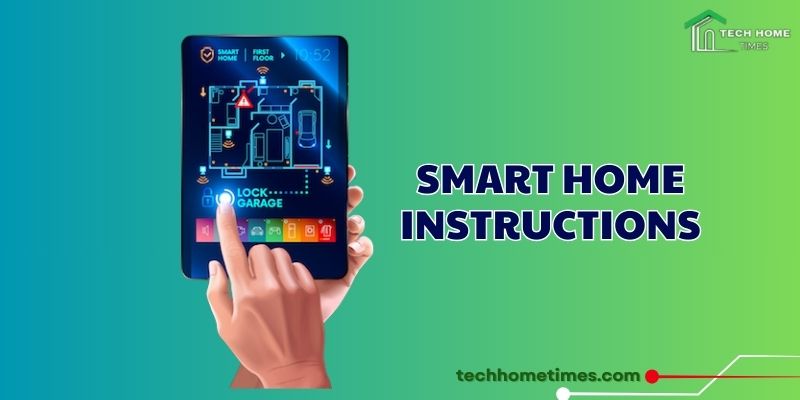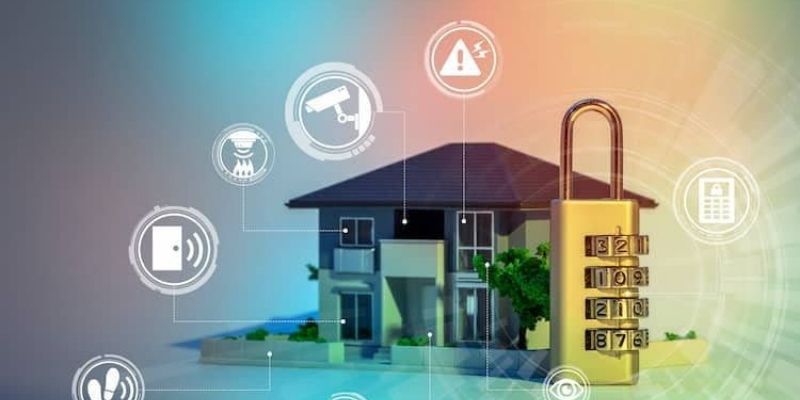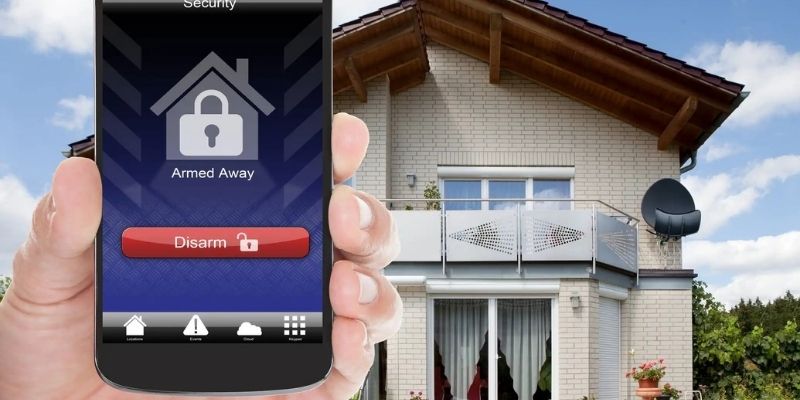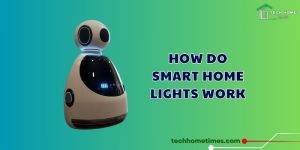The Smart Home Instructions You Need

The key to a successful and enjoyable experience lies in having clear and concise smart home instructions at your fingertips. This analysis aims to provide a comprehensive overview of the essential guidance you’ll need to set up, control, expand, and troubleshoot your intelligent living space, ensuring a smooth transition into the world of connected devices.
Contents
Essential Smart Home Instructions

Laying the foundation for your smart home requires understanding some fundamental smart home instructions related to setup and initial configuration:
Choosing and Setting Up Your Smart Hub
The smart hub often acts as the central brain of your smart home, facilitating communication between various devices.
Smart home instructions for this stage involve understanding different hub technologies (like Zigbee, Z-Wave, and Wi-Fi), checking device compatibility with your chosen hub, and following the manufacturer’s specific steps for connecting the hub to your home network and creating an account. These initial smart home instructions are crucial for establishing a stable and functional smart ecosystem.
Connecting Your Smart Devices
Once your hub is set up (if required), the next essential smart home instructions involve pairing and connecting your individual smart devices. This process varies depending on the device type and manufacturer.
Generally, it involves putting the device into a pairing mode (often indicated by a blinking light), using the smart hub’s app or the device’s dedicated app to discover and connect to it, and following any on-screen prompts. Clear smart home instructions for each device are typically provided in their respective manuals or apps.
Understanding Your Smart Home Network
A reliable and secure Wi-Fi network is the backbone of most smart homes. Smart home instructions here include ensuring you have a strong and stable Wi-Fi signal throughout your home, understanding basic network security protocols (like WPA3), and potentially optimizing your network setup if you plan to connect numerous devices.
Assigning clear and recognizable names to your devices on the network is another helpful piece of smart home instructions for easier management.
Controlling Your Smart Home

Once your devices are connected, understanding how to control them effectively is paramount. Here are key smart home instructions for various control methods:
Voice Control Setup and Commands
Many smart home devices integrate with voice assistants like Amazon Alexa, Google Assistant, or Apple Siri.
Smart home instructions for voice control involve setting up these assistants on your compatible devices (like smart speakers or smartphones), linking your smart home devices or their respective skills/services to the voice assistant platform, and learning the basic voice commands to control lights, locks, thermostats, and other connected devices. Understanding the nuances of phrasing and invoking your voice assistant is a crucial part of these smart home instructions.
Using Smart Home Apps
Each smart device and smart home ecosystem typically comes with a dedicated mobile application. Smart home instructions for app usage involve navigating the app interface, understanding the different control options for each device, creating and managing automation routines or “scenes” within the app, and customizing settings according to your preferences.
Familiarizing yourself with the app’s layout and features is a fundamental aspect of controlling your smart home effectively.
Creating Automations and Routines
The true power of a smart home lies in its ability to automate tasks. Smart home instructions for creating automations involve defining triggers (e.g., time of day, motion detection, voice command) and corresponding actions (e.g., turning on lights, locking doors, adjusting the thermostat).
Understanding the logic behind “If This Then That” (IFTTT) or the native automation features of your smart hub and device apps is key to creating a truly intelligent and responsive home.
Expanding Your Smart Home

As you become more comfortable with your initial setup, you might want to expand your smart home with new devices and functionalities.
Before purchasing new smart devices, it’s crucial to ensure they are compatible with your existing smart hub and ecosystem. Smart home instructions here involve checking product specifications, looking for certifications (like Works with Alexa or Google Assistant), and reading user reviews regarding compatibility.
The process for adding new devices often mirrors the initial setup, but it’s important to consult the specific smart home instructions provided by the new device’s manufacturer. This might involve putting the new device in pairing mode and using your smart hub’s or the device’s app to add it to your network.
If you’re using devices from different ecosystems, smart home instructions for integration might involve using services like IFTTT or exploring native integration features offered by some platforms. Understanding how to link accounts and create cross-platform automations can significantly enhance the functionality of your expanded smart home.
Troubleshooting Your Smart Home

Even with careful setup, you might encounter issues with your smart home devices. Here are essential smart home instructions for basic troubleshooting:
- When a device goes offline or becomes unresponsive, smart home instructions often involve checking the device’s power supply, ensuring it’s within Wi-Fi range, and restarting both the device and your smart hub. Consulting the device’s manual for specific troubleshooting steps is also crucial.
- If your voice commands aren’t being recognized, smart home instructions might include checking your internet connection, ensuring your voice assistant is properly configured and linked to your smart home devices, and rephrasing your commands clearly.
- When automations aren’t working as expected, smart home instructions involve reviewing the trigger conditions and actions you’ve set up in your smart home app, ensuring all involved devices are online and functioning correctly, and testing the automation manually.
- In some cases, a factory reset might be necessary to resolve persistent issues. Smart home instructions for resetting a device are specific to each manufacturer and model and should be followed carefully.
To Tech Home Times, the navigating the world of smart homes becomes significantly easier with clear and accessible smart home instructions. This guide has provided an overview of the essential guidance you’ll need for setting up, controlling, expanding, and troubleshooting your intelligent living space.






